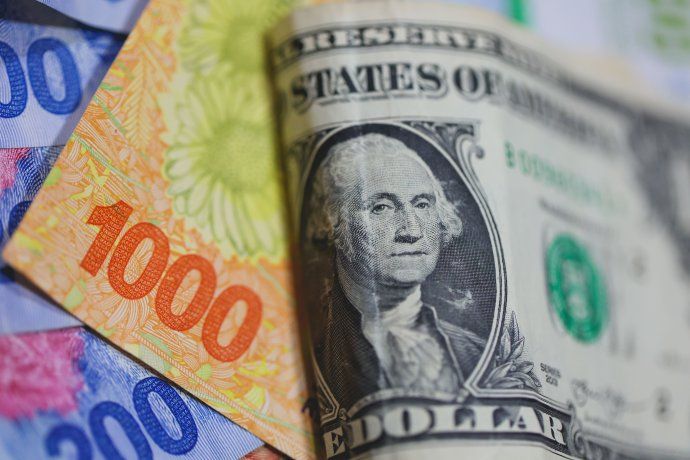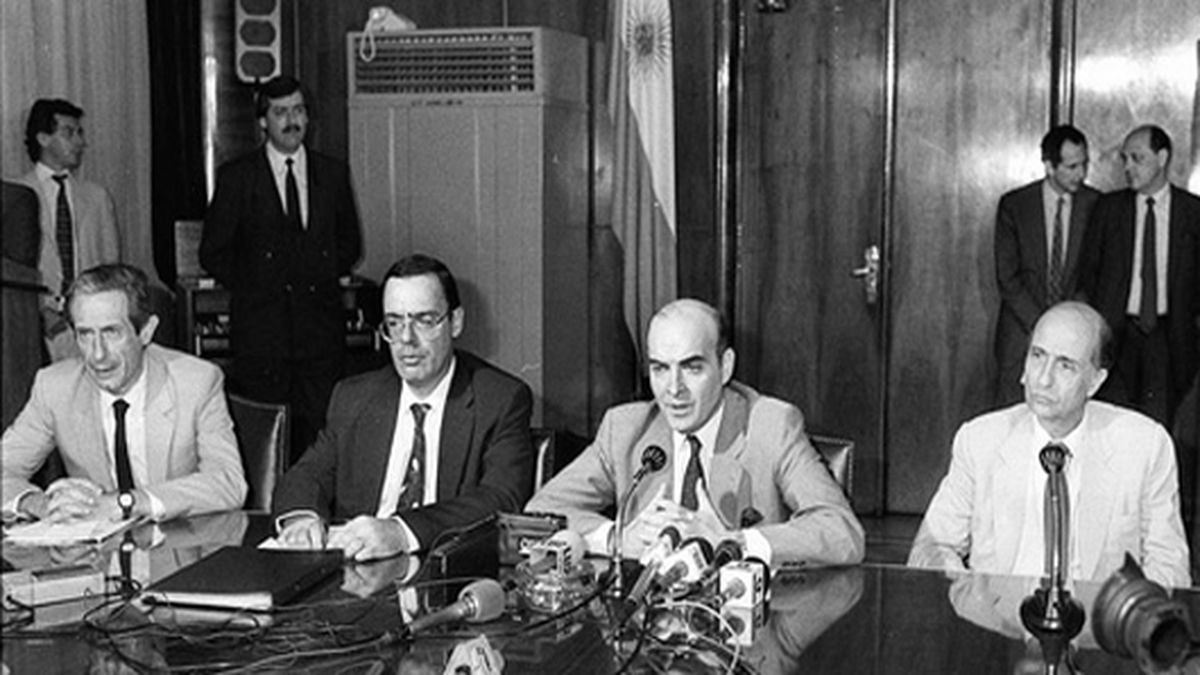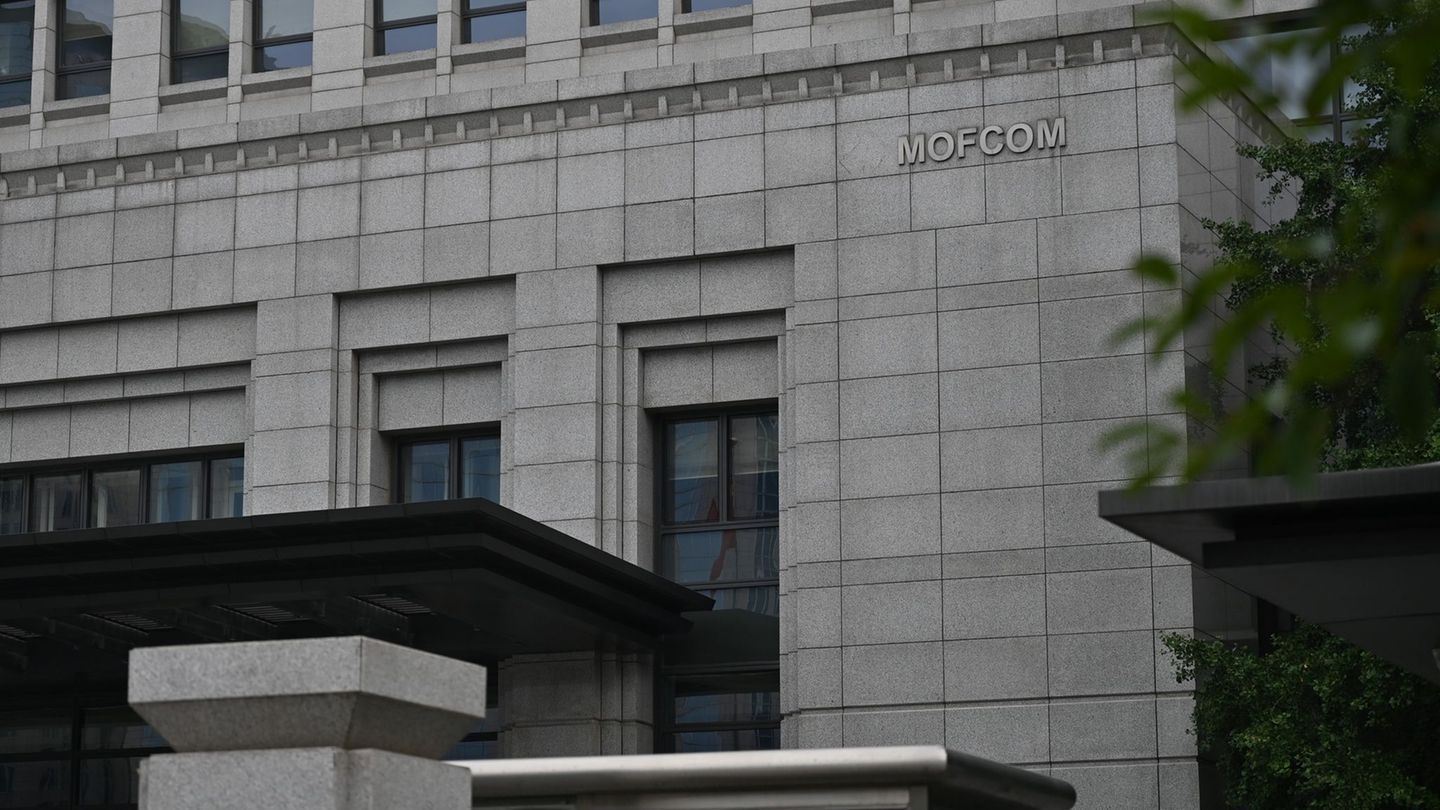The Convertibility Law brought temporary relief to the Argentine economy, but Domingo Cavallo’s plan was a mirage of the coming crisis.
The Argentine economy It is one of the most complex edges in history. All the presidencies and the leaders who headed the country had very different proposals from each other with the intention of moving forward with the monetary and social situation, in addition to seeking to position ourselves as an investment candidate.
The content you want to access is exclusive to subscribers.
However, not all models imposed by governments showed effects as devastating as the Convertibility Law imposed by Sunday Cavallo in the government of Carlos Menem. This format, although it seemed attractive and a great short-term solution, would end up breaking the foundations of the Argentine economy.


dollar pesos

Depositphotos
How was Domingo Cavallo’s convertibility plan?
The Convertibility Plan was implemented in 1991 by the then economy ministerDomingo Cavallo, during the presidency of Carlos Menem. This plan established a fixed parity between the Argentine peso and the US dollarwith the aim of stopping the hyperinflation that had devastated the Argentine economy in previous years. The convertibility law fixed the exchange rate at 1 peso = 1 dollarwhich meant that the Central Bank It had to back each peso in circulation with one dollar in reserves.
In addition to exchange rate parity, the plan included a series of structural reforms. Trade liberalization was promoted, eliminating tariff and non-tariff barriers to promote competition and efficiency. Policies were also implemented privatization of companies states, with the objective of reducing the fiscal deficit and improving the efficiency of public services.
Effects of the convertibility plan
Initially, the plan was successful in stabilizing the economy. Inflation, which had reached astronomical levels, was drastically reduced, and price stability allowed a more predictable economy. Furthermore, the opening to imports and the arrival of foreign capital brought a variety of international products at affordable prices for the population.
In the long term, the Convertibility Plan also had significant negative effects. The fixed parity with the dollar caused Argentine products to become expensive compared to imported products, which negatively affected the local industry and unemployment increased. Furthermore, the rigidity of the system prevented necessary adjustments in monetary and fiscal policy, which led to an increase in external debt and a competitiveness crisis.
Finally, the accumulation of economic and social problems culminated in the 2001 crisiswhich led to the collapse of the convertibility system. The crisis resulted in a deep recession, a dramatic increase in unemployment and poverty, and a series of social unrest that led to the resignation of the president. Fernando de la Rua. In January 2002, interim president Eduardo Duhalde repealed the convertibility law, ending a decade of fixed pegs to the dollar.
Source: Ambito




